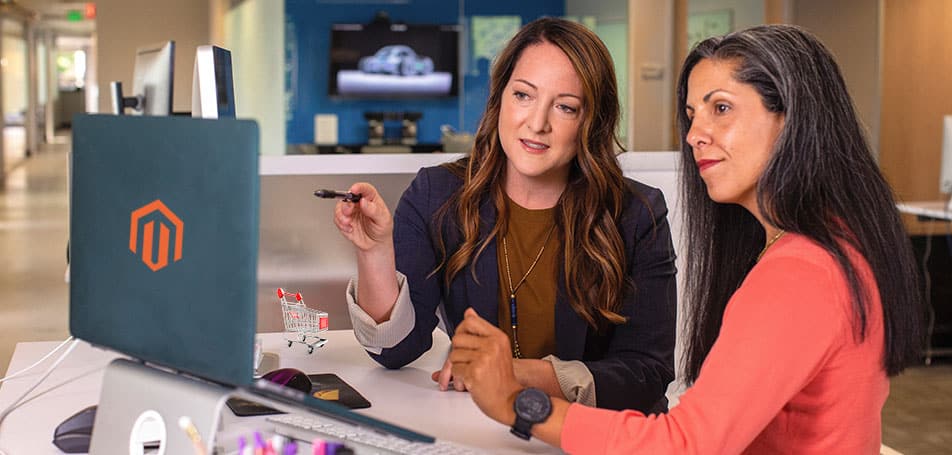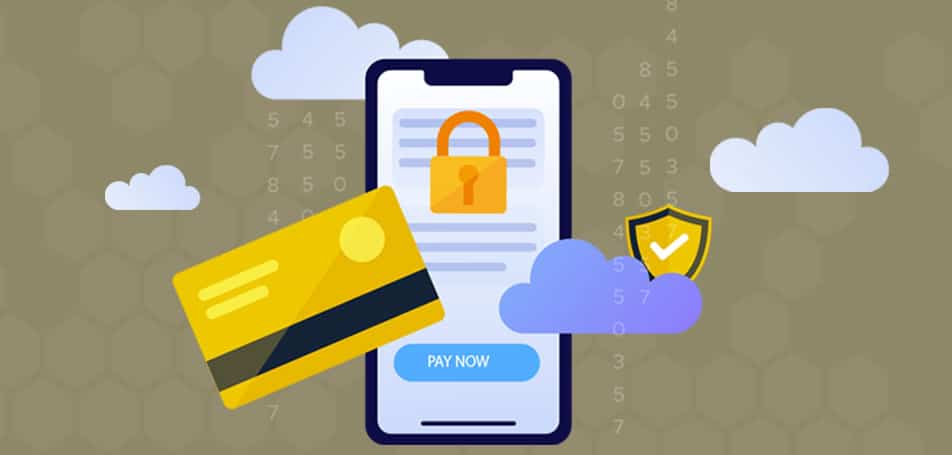
Apps: We all lean on them. From quick tasks to hefty projects, they’re our digital sidekicks. But here’s the hitch—some apps, well, they drop the security ball. Imagine this: a lurking hacker, eyes on a loophole. Not good, right? Now, dive into the world of an App builder. For them, it’s not just about crafting; it’s about securing. Every user’s trust? It’s earned, not given. As an App builder, you understand that security isn’t just a feature, but a necessity. So when you see an app with the DevSecOps stamp? Breathe easy. It’s built like a fortress, all while being user-friendly. Quite the balancing act, isn’t it?
Now, here are some numbers. Did you know that 75% of new apps have safety issues? That’s a lot. But here’s good news. When people use DevSecOps, 50% of those issues get fixed before the app is even given to users. This means half the problems are gone even before we start. These numbers show that DevSecOps is a good thing to use. This method aids in creating applications that all can use confidently. Everyone should think about it when making new apps.
Opinion of App builders on the Concept of DevSecOps
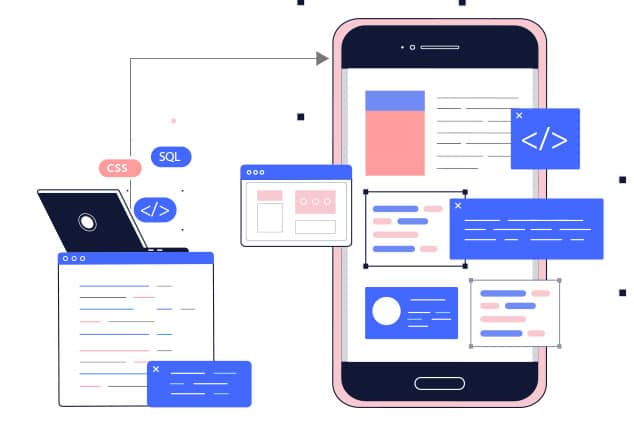
Alright, let’s chat about DevSecOps. Imagine baking a cake. Usually, you add sugar to make it sweet. But what if you mix the sugar in every step? The whole cake becomes sweet, right? That’s what DevSecOps does with security in app-making. For an App builder, this approach means security isn’t just an add-on but is integrated throughout the development process.
So, normally, when people make apps (think of them as cakes), they add security at the end, like the sugar. However, DevSecOps? It incorporates safety throughout the process. It’s like mixing sugar all through the cake-making. The result? Every bite (or app feature) is safe.
Let’s talk about an app called GuardRoute. It helps folks find quick routes to travel. One day, some bad people tried to mess with it, trying to send users to the wrong places. But guess what? GuardRoute was made with DevSecOps. This meant it had security checks in every corner. So, when the bad people tried to play their games, GuardRoute was like, “Nope, not on my watch!” And the users? They kept getting the right routes.
So, the big idea? DevSecOps is making sure the whole app is safe, not just the top or the bottom. It’s like every bite of the cake is just right.
Key Challenges an App Builder Faces in Integrating Cybersecurity
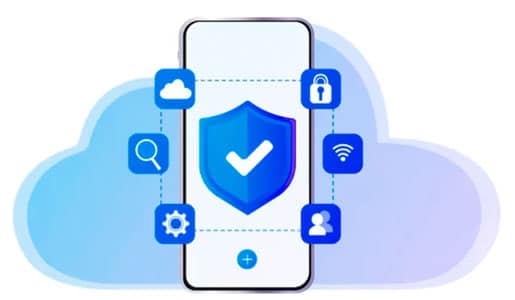
Marrying DevOps and security is great. But it’s not always easy. Let’s see what makes it tough for an App builder:
Speed vs. Safety
DevOps is fast. Security needs time. Finding a balance can be hard.
Old Habits
Sometimes, developers have been doing things a certain way for years. Adding new security steps? They might resist.
New Threats
Cyber threats change every day. Keeping up is a big job.
Complex Tools
There are lots of tools out there for security. But not all are easy to use. Picking the right ones and learning them? That’s a challenge.
Now, let’s talk about AppShield. It’s a popular mobile app. A while back, they faced a big cyber attack. Thankfully, they had foreseen some of these challenges. They had trained their developers and picked the right tools. Even when the attack was sophisticated, AppShield stayed safe. Their proactive approach made all the difference.
In conclusion, integrating cybersecurity with DevOps has hurdles. Yet, adopting the correct strategy allows overcoming these obstacles.
Best Practices for Secure DevOps Implementation
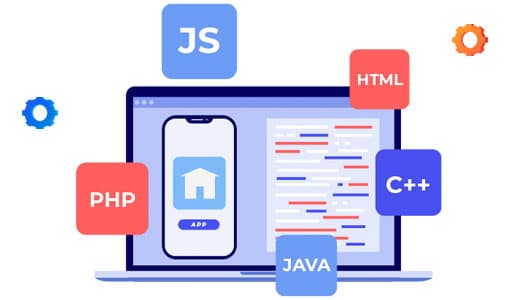
When it comes to combining DevOps with security, we aim for the best of both worlds. Let’s walk through how to achieve this balance:
Begin Early
Start security checks right from the design phase. By doing this, you catch problems when they’re small.
Automate Testing
Automated tools can quickly spot and fix flaws in code. This keeps the development process smooth and secure.
Regular Training
Ensure that your team knows the latest in cybersecurity. Frequent training keeps them ahead of threats.
Use Trusted Tools
It’s important to only use verified and trusted software and tools. This reduces the risk of hidden threats.
Review Code
Before making any piece of code live, review it. It’s akin to revising your tasks to ensure there are no errors.
Now, let’s understand this through the journey of an app named SecurSpace. A few years ago, SecurSpace had a close call with a significant security lapse. App builders that created it realized the importance of proactive safety measures. By adopting the best practices of Secure DevOps, they transformed their app development journey. One notable outcome? When a widespread security vulnerability surfaced, SecurSpace was unaffected. Their early adoption of automated testing and consistent code review had already identified and patched the potential weak point.
In the end, for secure app development, it’s not just about adding security. It’s about weaving it into every step, making it a part of the process.
Measuring the Success of Secure DevOps
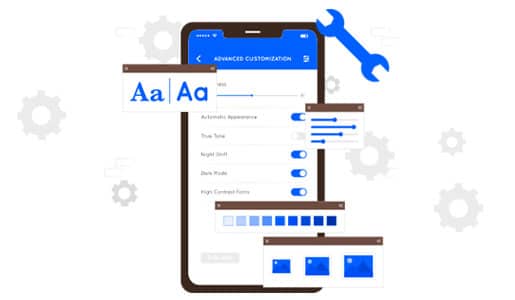
How do we gauge if our DevSecOps efforts truly make the cut?
Continuous Monitoring
Keep tabs on all processes. A consistent eye on the operation helps in early threat detection.
Feedback Loops
By continuously gathering feedback, developers can identify and rectify flaws, ensuring a robust security structure.
Incident Response Time
Measure how quickly your team reacts to and mitigates security threats. A faster response often equates to lesser damage.
User Trust
Higher user trust often reflects a safer app environment. Monitor reviews, ratings, and user feedback for security insights.
Dive into the story of SafeTrade, a budding ecommerce platform. Following a security breach scare, they overhauled their app development process by integrating the best DevSecOps practices. After the implementation, their incident response time improved by 70%, and trust scores skyrocketed. More importantly, during a subsequent wide-scale cyber-attack attempt on similar platforms, SafeTrade remained unscathed, attributing its safety to the stringent security measures in place.
In essence, measuring success in Secure DevOps is an ongoing journey. It’s not just about integrating security but also ensuring it stands strong against ever-evolving threats.
What App Builders have to say about the Future of Secure App Development?
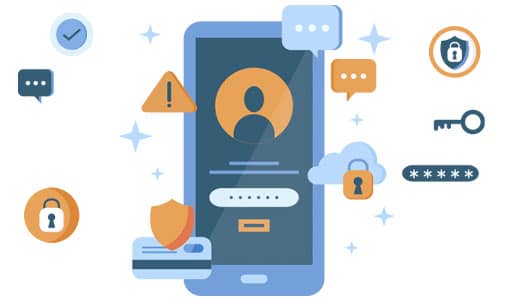
Stepping into a future driven by digital innovations, what promises does the realm of app security hold?
Evolutionary Threat Detection
Envision apps’ evolving defenses in tandem with threats, creating an ever-adaptive security layer.
Pervasive AI Assistance
More than just an auxiliary tool, AI will become a sentinel, anticipating potential security pitfalls even before they manifest.
Prioritizing User Awareness
Future security measures will not solely lean on technological advancements but also on enlightening the end-user about potential risks.
Consider the tale of VividConnect, an emerging communication tool. Early in its development cycle, it integrated an advanced security protocol powered by machine learning. This very integration averted a massive breach attempt, highlighting the indispensable value of proactive measures in secure app development.
To conclude, as we advance, the synergy between state-of-the-art technology and an enlightened user community will define the gold standard in app security. A promising horizon awaits, wouldn’t you agree?
Conclusion

In app development, safety is key. DevSecOps helps us make our apps secure. Some apps faced big risks but used good methods to stay safe. It’s important for everyone to use these methods. This way, we can trust our apps more and keep our information safe.


